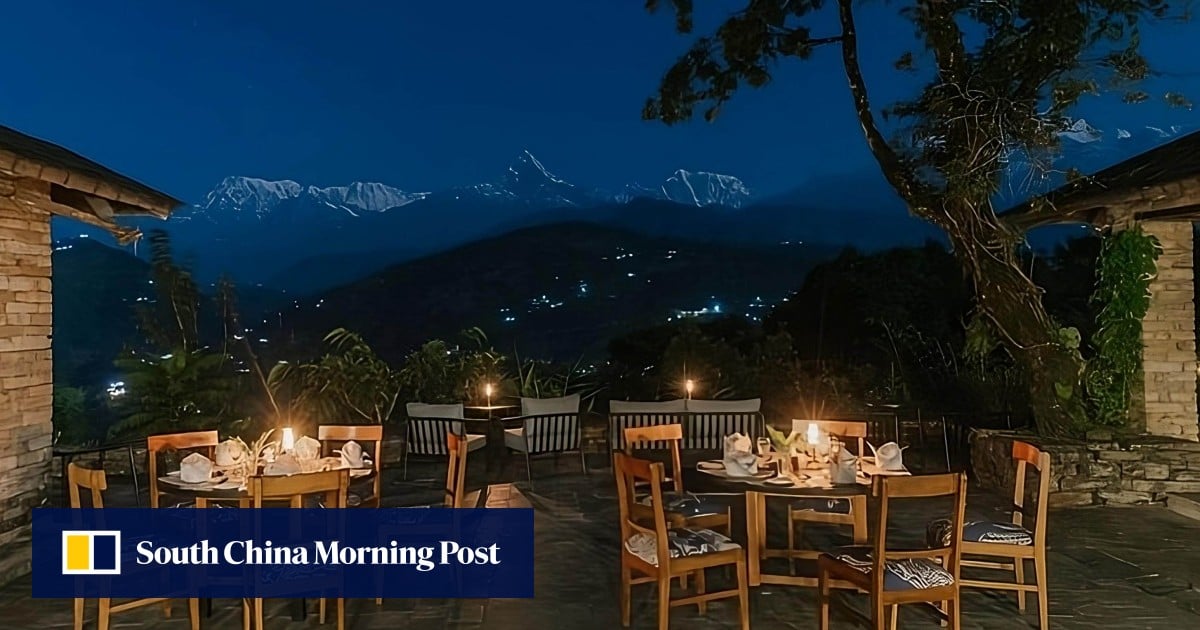But it wasn’t always like that.
Nepal homestays offer tourists food, culture, history while empowering locals
Nepal homestays offer tourists food, culture, history while empowering locals
‘A glamorous destination’
The country’s first luxury accommodation was the Royal Hotel – known today as Yak & Yeti. It was opened in 1951 by Russian hotelier Boris Lisanevich, a pioneering figure in Nepal’s tourism industry, in a palace previously owned by the now-dissolved Rana dynasty, which controlled the Himalayan kingdom for more than a century.
In the following decades, Nepal witnessed the birth of some of its most successful domestic high-end brands.
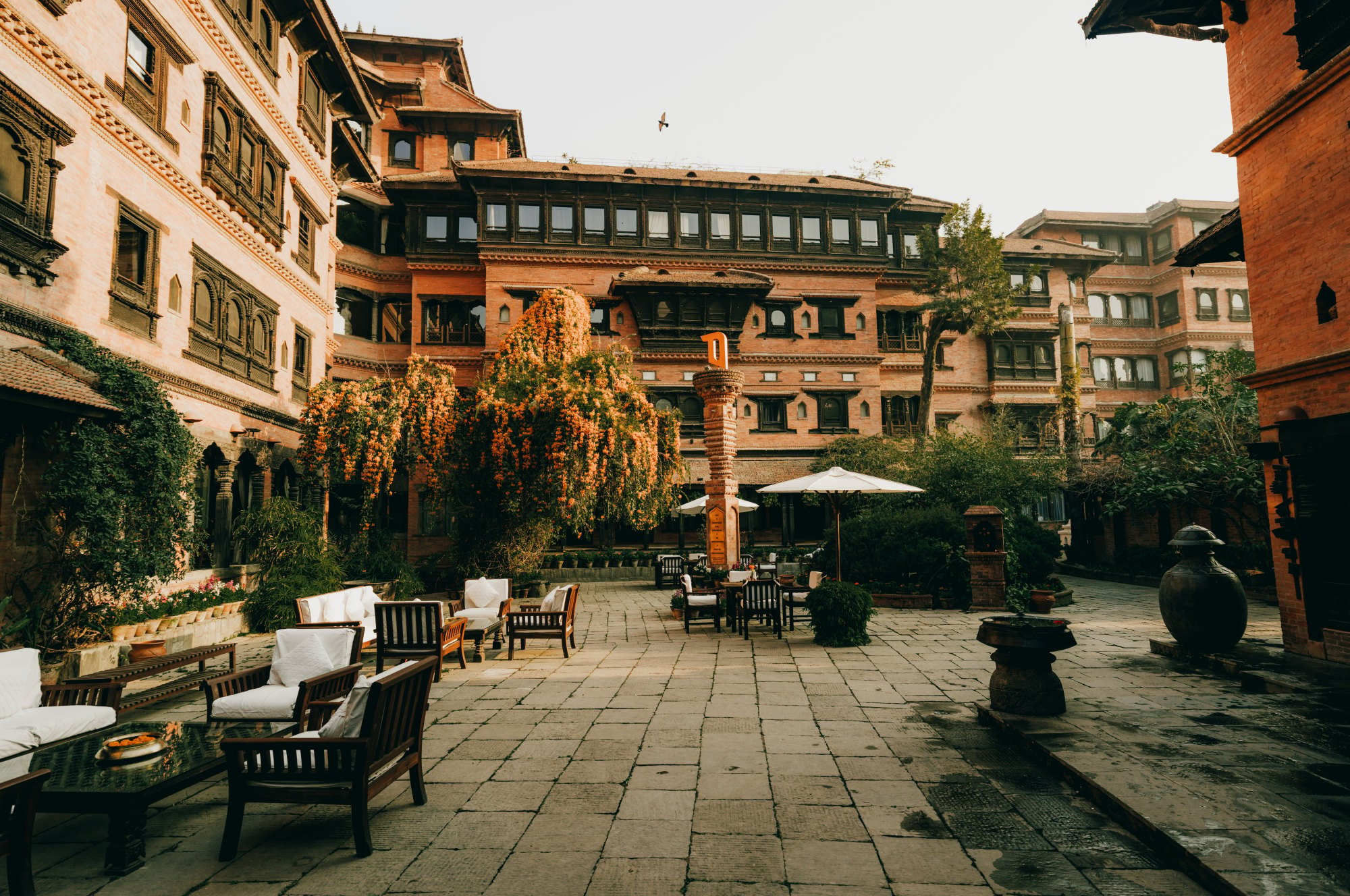
In the 1960s, local five-star hotels such as Hotel Annapurna and Soaltee opened. British adventurer Jim Edwards turned Tiger Tops in southern Nepal into one of South Asia’s pioneering, premium wildlife tourism spots in the following decade, with businessman Dwarika Das Shrestha’s namesake hotel, Dwarika’s, becoming a landmark luxury property showcasing Kathmandu’s architecture.
High-paying tourists were lured by the hard-to-access Himalayan nation’s mythical, mysterious charm. Then came the celebrities, from Hollywood actors Richard Gere and Keanu Reeves, to singers Mick Jagger, Ricky Martin and Sting.
Lisa Choegyal, a sustainable tourism consultant with 50 years of experience in Nepal, said the country used to be “a glamorous destination and a fashionable place to be”.
“In Asia, most of the tourism circuits developed with foreign independent travellers and then the high-end groups,” she said. “Nepal started the other way round. It was a very unusual travel pattern.”
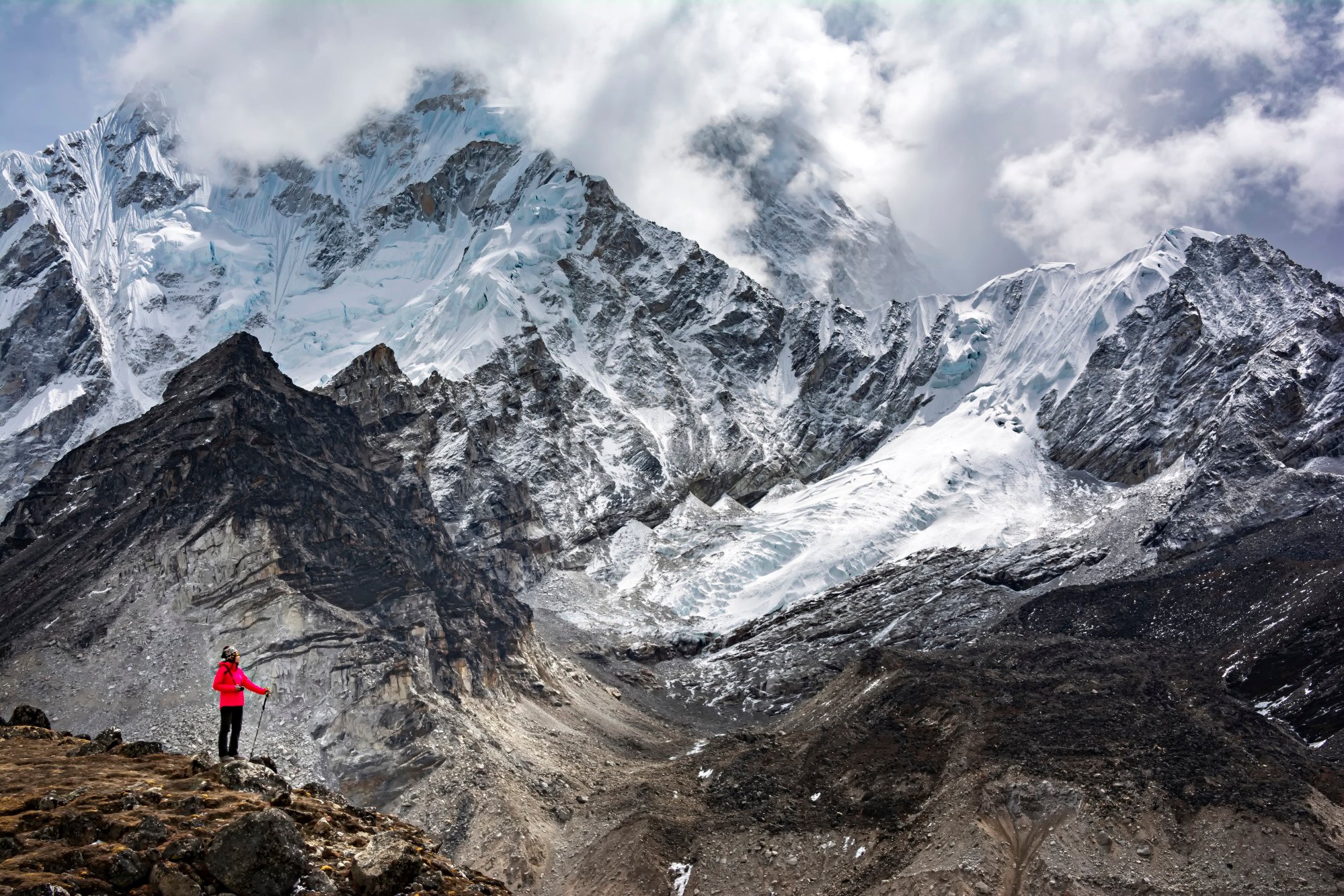
In 1998, Tiger Mountain Pokhara Lodge, another high-end property overlooking the magnificent fishtail-like Mount Machhapuchchhrethe, opened along the route that Prince Charles had trekked.
“Nepal in those days had quite a spectrum of [tourism] markets and that is where we need to get back to,” said Choegyal, who is also the director of Tiger Mountain Pokhara Lodge. “That’s why it’s exciting that Shinta Mani have partnered with Sherpa Hospitality to bring their name. I used to think we could do it ourselves but we need the branded hotels and the marketing that comes with them.”
Reinventing luxury tourism
Perched on a hill overlooking Jomsom, some 2,800 metres (9,200 feet) above sea level and facing the Nilgiri and Dhaulagiri peaks, Shinta Mani Mustang is one of the most ambitious projects to launch in Nepal in recent years. With stone exteriors that blend into the backdrop of barren hills, and interiors that incorporate local hues and motifs, the resort pays homage to the region’s heritage and culture.
“Bookings for high-end tourists have increased for us,” said Bijay Amatya, CEO of Kathmandu-based Kora Tours, who has been in the industry for 48 years. “The main indicator for it picking up is that investors are optimistic and lots of luxury hotels are coming to Nepal. Investors are enthusiastic because they see the prospects.”
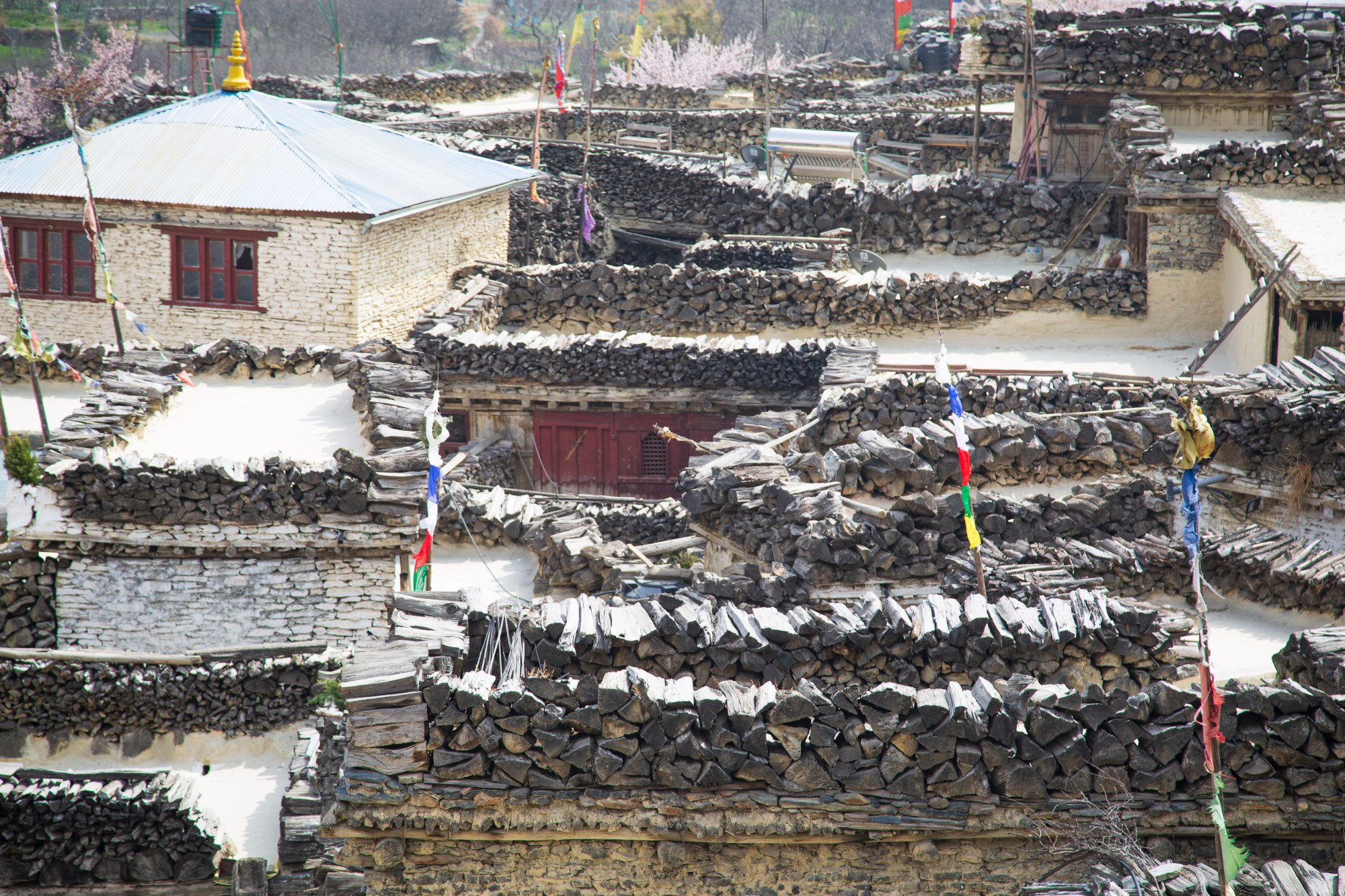
Luxury travellers to Nepal say they are impressed by both the breathtaking views and the service they receive in remote, hard-to-access locations – flights to places like Jomsom are highly weather-dependent, with many access roads still under construction.
“This place is different [from] any other place you have been. Bring an open mind and a lot of energy,” one visitor wrote on the travel website Tripadvisor, referring to Mustang and their US$9,000 five-night stay at Shinta Mani Mustang.
“Luxury in the remote,” another traveller said of their experience.
International luxury brands – many of which are setting up shop outside Kathmandu – are diversifying Nepal’s tourism industry, as they cater to the growing trend of ultra-luxury holidaymakers. Tourism analysts note this will provide more alternatives to overcrowded tours, including treks to the Everest and Annapurna base camps, that the country has been selling for decades.
Nepali food is ‘unique, flavourful’ but unknown. This chef wants to change that
Nepali food is ‘unique, flavourful’ but unknown. This chef wants to change that
Last year, Thailand’s Dusit International opened a high-end hotel in Dhulikhel, an ancient town on the outskirts of Nepal’s capital. This year, the Kunda Himalayan Resort and Spa, located at 3,030 metres (9,940 feet) above sea level, will open in the mountainous town of Phalpu, and India’s luxury Postcard Hotel chain is making its way to Chitwan, known for its wildlife.
“We perceive competition in the luxury tourism market as a driving force for excellence and the advancement of Nepal’s hospitality industry,” said Anirudh Chaudhary, manager of the Dusit Thani Himalayan Resort in Dhulikhel.
Friedman and the Sherpa Hospitality Group launched their luxury leisure brand Mountain Lodges of Nepal in 2022 in an attempt to reinvent the country’s classic trekking itineraries.
Their 12-night curated Everest itinerary features stays in eight luxury lodges, including a pop-up lodge at the mountain’s base camp, seeking to “take off people from the Everest highway” for around US$5,900 on a twin-sharing basis, according to Friedman.
Catherine Heald, co-founder and CEO of Remote Lands Inc – which specialises in luxury travel across Asia – said accommodation played a key role in managing the expectations of clients who spend around US$10,900 for a nine-day Nepal tour for two. Nepal’s new high-end hotels “will gain favour among luxury consumers”, she said.
“Clients that may have skipped over Nepal for Bhutan may now make different buying decisions based on the quality of the product offered.”
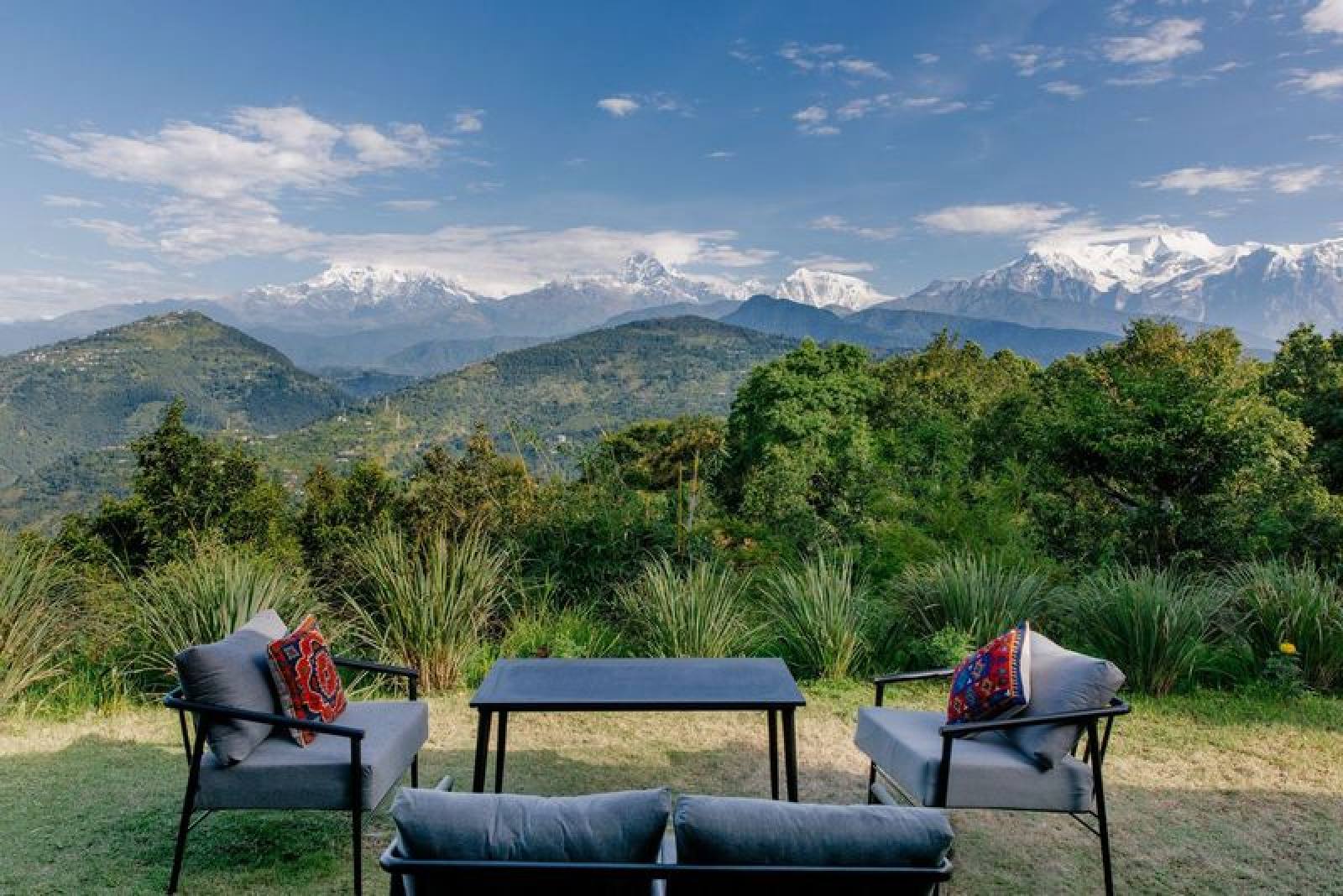
Tourists are becoming increasingly conscious of their ecological footprint and the impact they have on host countries, experts say. A 2022 survey by American travel company Expedia Group of 11,000 customers found that 90 per cent seek sustainable travel options.
Many high-end brands in Nepal have committed themselves to an environmentally friendly ethos. Dusit Thani promotes village tourism and local produce, while Tiger Mountain Pokhara Lodge supports community forests and schools in its area, among other initiatives.
“All markets are concerned with sustainability, not just environmental sustainability but where their tourist dollars are going and who is benefiting,” Choegyal said.
Shinta Mani Mustang, meanwhile, is investing in tours of lesser-known places such as nearby Jomsom, employing a high number of locals from Mustang and supporting the Pasang Lhamu Foundation, a non-profit organisation named after the first Nepali woman to ascend Everest. The hotel also plans to open a hospitality school in Mustang to train the region’s next generation of hoteliers.
“We create high-value jobs where they don’t exist,” said Friedman, who prides himself on developing luxury experiential hotels in remote places.
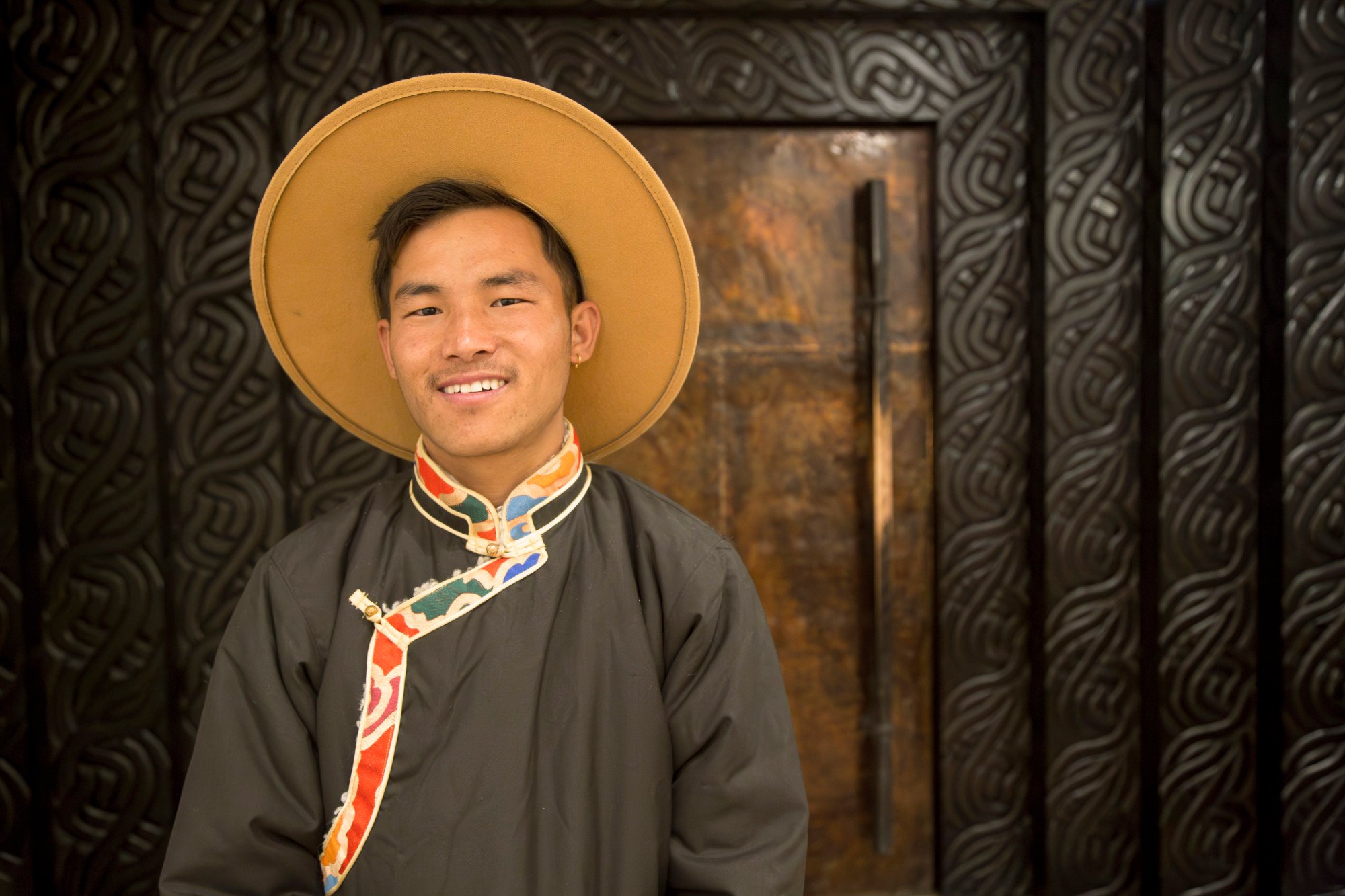
Locals like Dawa Sangpo Gurung say they have seen the change. The 21-year-old left his server job in Pokhara to work at Shinta Mani as a butler, saying it provided an employment opportunity closer to home in the Upper Mustang area and a lucrative alternative to going abroad, for now.
“It’s not only helping put Mustang on the global map but also helping local businesses and showcasing our traditions,” he said. “This will help me upgrade my skills and hopefully be a stepping stone in [my] hospitality career.”
In Jomsom, locals are excited by the prospects of luxury tourism and the positive changes the “five star” – as they call the hotel – might bring to the region.
“The world wants to come to Nepal,” Friedman said. “This is the moment when Nepal has to see these opportunities, and the government has to do something to make tourism operate better.”

